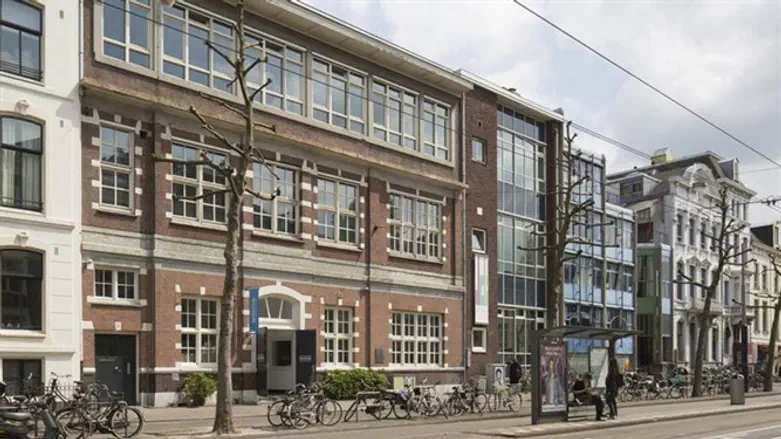
A Dutch art museum has decided to compensate the heirs of a Jewish man forced to sell a painting due to Nazi persecution, ignoring the recommendation of a restitution panel.
The Museum de Fundatie in Zwolle will pay 200,000 euros ($240,108) to the descendants of Richard Semmel, a Jewish textile entrepreneur who in 1933 had to sell the 1635 painting, Christ and the Samaritan Woman at the Well by Bernardo Strozzi.
The Restitutions Committee had ruled against compensation for Semmel’s heirs in 2013, arguing that while Semmel had sold the work under duress the painting played a “central role” in the museum’s collection and that the rights of the man’s heirs do “not outweigh the museum’s ownership rights to this work.”
The decision by the museum to overrule the panel comes following an investigation of the Restitution Committee which concluded that “humanity, transparency and goodwill” were needed, according to The Art Newspaper. The report by former politician Jacob Kohnstamm, released in 2020, criticized the committee for its policy of pitting the interests of the museum against those of the descendants of Nazi-era victims. The report said that in some cases, the panel had “detracted from the pursuit of justice and legal redress.”
Following up on the report, the museum contacted Semmel’s heirs to find a resolution to their case. They offered to either return the painting or offer compensation. They reached a deal where the painting will stay in the museum's collection. The museum stated that it is “happy that this painful matter has been resolved in a harmonious manner and is grateful to the heirs for enabling visitors to the Museum de Fundatie to enjoy and study the painting.”
Soon after the Nazis took power in Germany, Semmel found himself targeted for being a member of an opposition party, for being Jewish and for his ownership of a large textile factory. In 1933, he escaped to Amsterdam where he was forced to auction off his art collection. In 1939, he fled the Netherlands and immigrated to New York City in 1941. He died there in 1950 in poverty.
